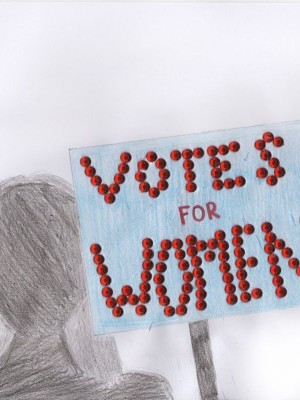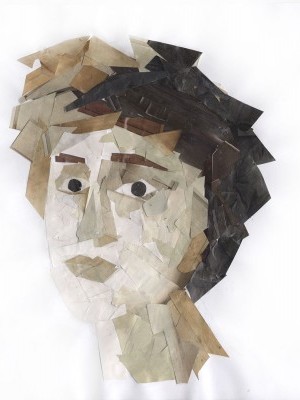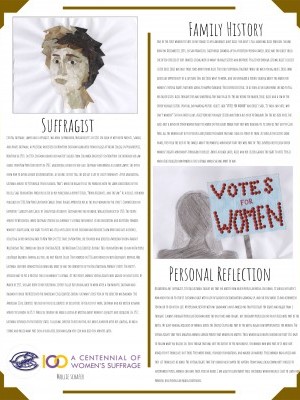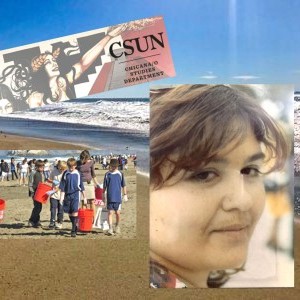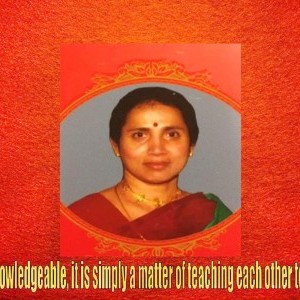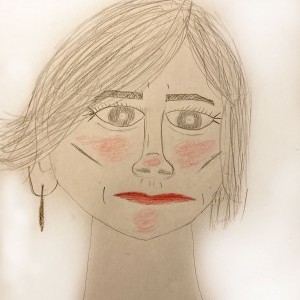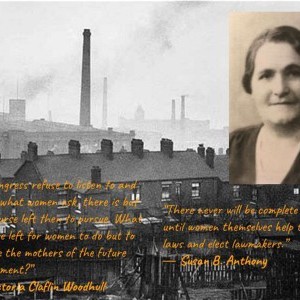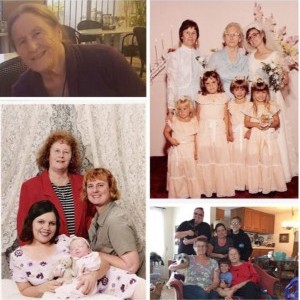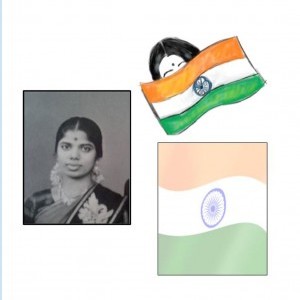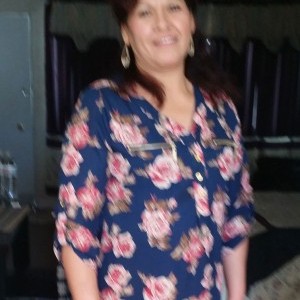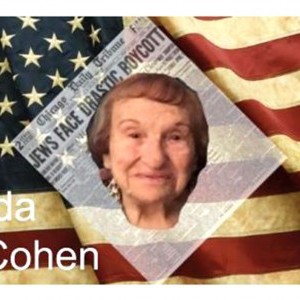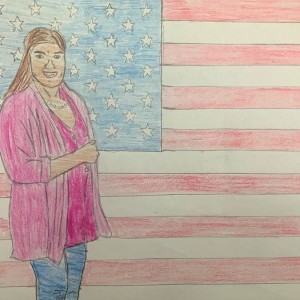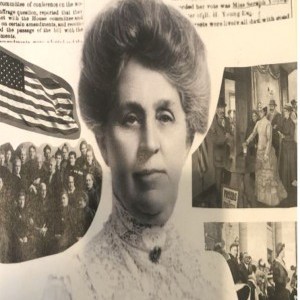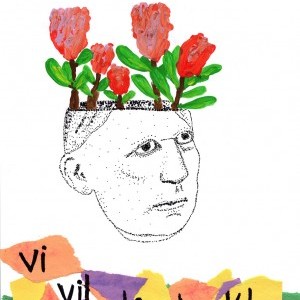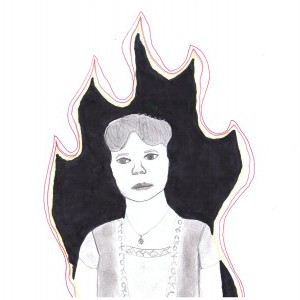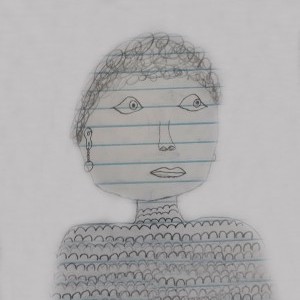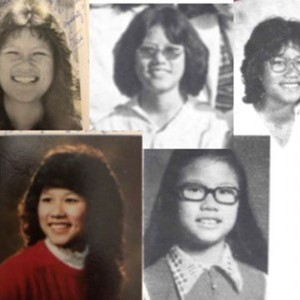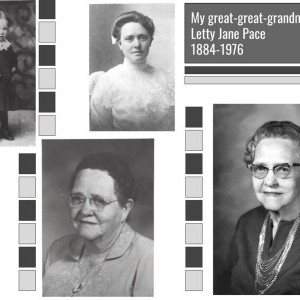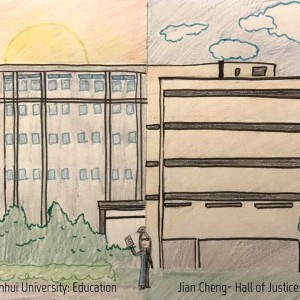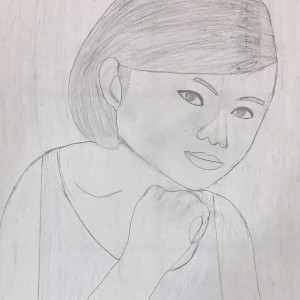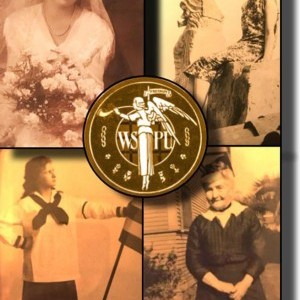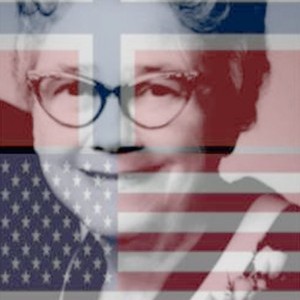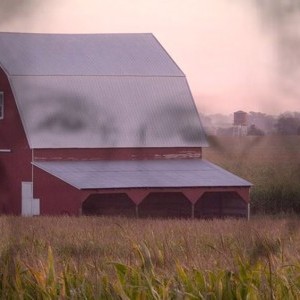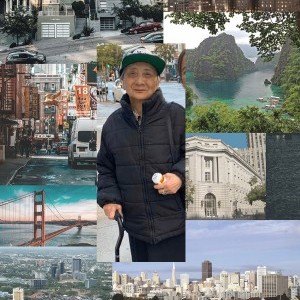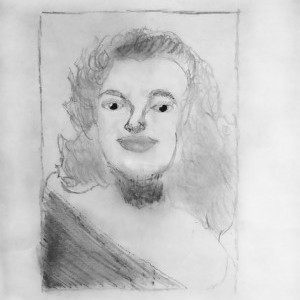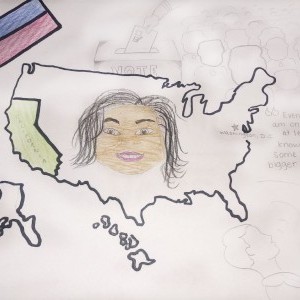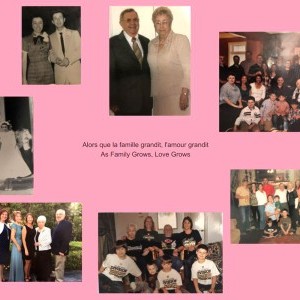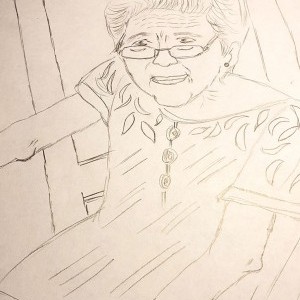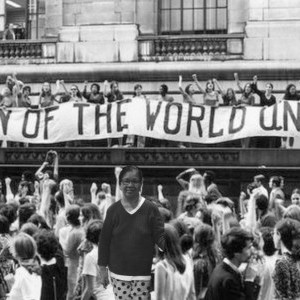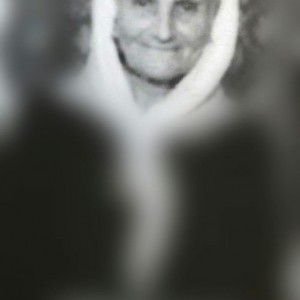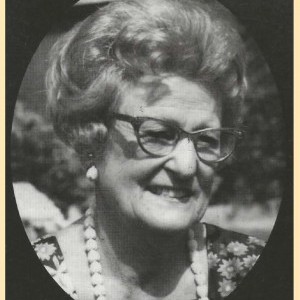Mollie Schafer
Adolfo Camarillo High School | Camarillo, CA | 10th
Inspirational Family Member
Alice Johnson
One of the first women to vote in my family is my grandma’s aunt, Alice Johnson. She was born on December 10, 1885, in San Francisco, California. Growing up in a thirteen-person family, Alice was the oldest child. She often stressed it was very chaotic living with so many younger sisters and brothers. To get her through life was Alice’s closest and younger sister, Josie. Josie was only three years in age apart from Alice. They did everything together. When she was a young adult, Josie came across an opportunity of a lifetime.
One day Josie went to work, and she overheard a person talking about the march for women’s voting rights that were going to happen in Oakland. This interested Josie, so as soon as she came home she had to tell her older sister. Alice thought this was something they had to go to.
The day before the march, Josie, Alice and a few of the other younger sisters spent all day making posters. Alice’s said “VOTES FOR WOMEN!” and Josie’s said, “If men can vote, why can’t women?” So on a fateful day, Alice and her younger sisters took a bus over to Oakland. On the bus ride over, the girls met a bunch of other women ready to march in this great parade that they were heading to. As soon as they got to Glen Park, all the women got out of the bus and joined the march that was in front of them. As soon as the sisters came home, they told the rest of the family about the powerful movement that they were part of. This inspired her to join other women’s rights movements throughout her life. About a decade later, Alice and her sisters gained the right to vote. This is when Alice realized how powerful the suffrage march she was a part of was.
Historical Figure I Admire
Crystal Eastman
Crystal Eastman, lawyer and suffragist, was born in Marlboro, Massachusetts in 1881. She grew up with both parents, Samuel and Annis Eastman, as political ministers in New York. Eastman graduated from Vassar College in Poughkeepsie, New York in 1903. In 1904, Eastman earned her master’s degree from Columbia University in New York. She obtained her law degree from New York University in 1907, graduating second in her class. Eastman, now working as a labor lawyer, knew how to avoid gender discrimination. As she was six feet tall she did get a lot of sexist comments.
After graduating, Eastman moved to Pittsburgh, Pennsylvania. That’s where she began to see the problems with the labor conditions of the Russell Sage Foundation. This resulted in her publishing a report titled, “Work Accidents, and the Law.” As a result of her work, which was published in 1910, New York Governor Charles Evans Hughes appointed her as the only woman on the state's Commission on Employers' Liability and Causes of Industrial Accidents.
Eastman met her husband, Wallace Benedict in 1910. The couple moved to Wisconsin, where Eastman led a women’s suffrage movement. As her dedication and devotion towards women's rights grew, her right to vote was still not given to her. Eastman and Benedict grew apart and got a divorce, resulting in her moving back to New York in 1913. Once in New York, she founded and directed American Union Against Militarism. This sparked an idea of starting NCLB, the National Civil Liberties Bureau. This foundation was co-led with people like Roger Baldwin. In the midst of all this, she met Walter Fuller, who was British. They married in 1916 and moved in with Eastman’s brother, Max Eastman. Another committee Eastman was a part of was the committee of Alice Paul’s National Woman’s Party. The party’s mission was to put a positive focus on women’s suffrage.
At this point, women’s voting rights were gained in nine states. By March of 1917, she gave birth to her firstborn, Jeffrey Fuller. Returning back to work after a few months, Eastman and Baldwin turned the NCLB into the American Civil Liberties Union. Eastman’s first pick of the director was Roger Baldwin. The American Civil Liberties focused on the civil liberties of dissenters. After a lot of work, Eastman and her British husband moved to London in 1922. While in London she made a living by writing about women’s equality and socialism. In 1927, Eastman returned to the United States. Fuller was expected to return too, but about a month after her leaving, he had a stroke and passed away. Eastman then grew very sick and died ten months after her husband.
What the Project Means to Me
Researching my suffragist, Crystal Eastman taught me that no matter how much people can bring you down, it should not affect how much you do to stop it. Eastman dealt with a lot of gender discrimination growing up, and she rose above it and accomplished too much to count in life. My personal history with my grandma’s aunt amazed me that the fight for rights was bigger than I thought. I always thought people like Eastman were the only ones who fought, but ordinary people like my Aunt Alice were part of the battle. My aunt among millions of women across the United States was part of the battle to bring new opportunities for women. The voting rights that these amazing women earned proved that women do matter.
These women also helped remind me that it is okay to follow what you believe in. Even though that was not the intent of the movement, the women who were part of it were not afraid to put themselves out there. They wrote books, founded foundations, and walked in marches. These women had a voice and they let themselves be heard. The voting rights that they earned also shaped the nation. From small local community choices to nationwide topics, women can have their voice be heard. I am glad to learn about these incredible women because I got to learn how powerful it is that one person can make a difference.
Explore the Archive
More From This Class
Click on the thumbnails below to view each student's work.Deadline Extended
There's still time to join Women Leading the Way.
Become a part of our storytelling archive. Enroll your class today.
Join the Project

